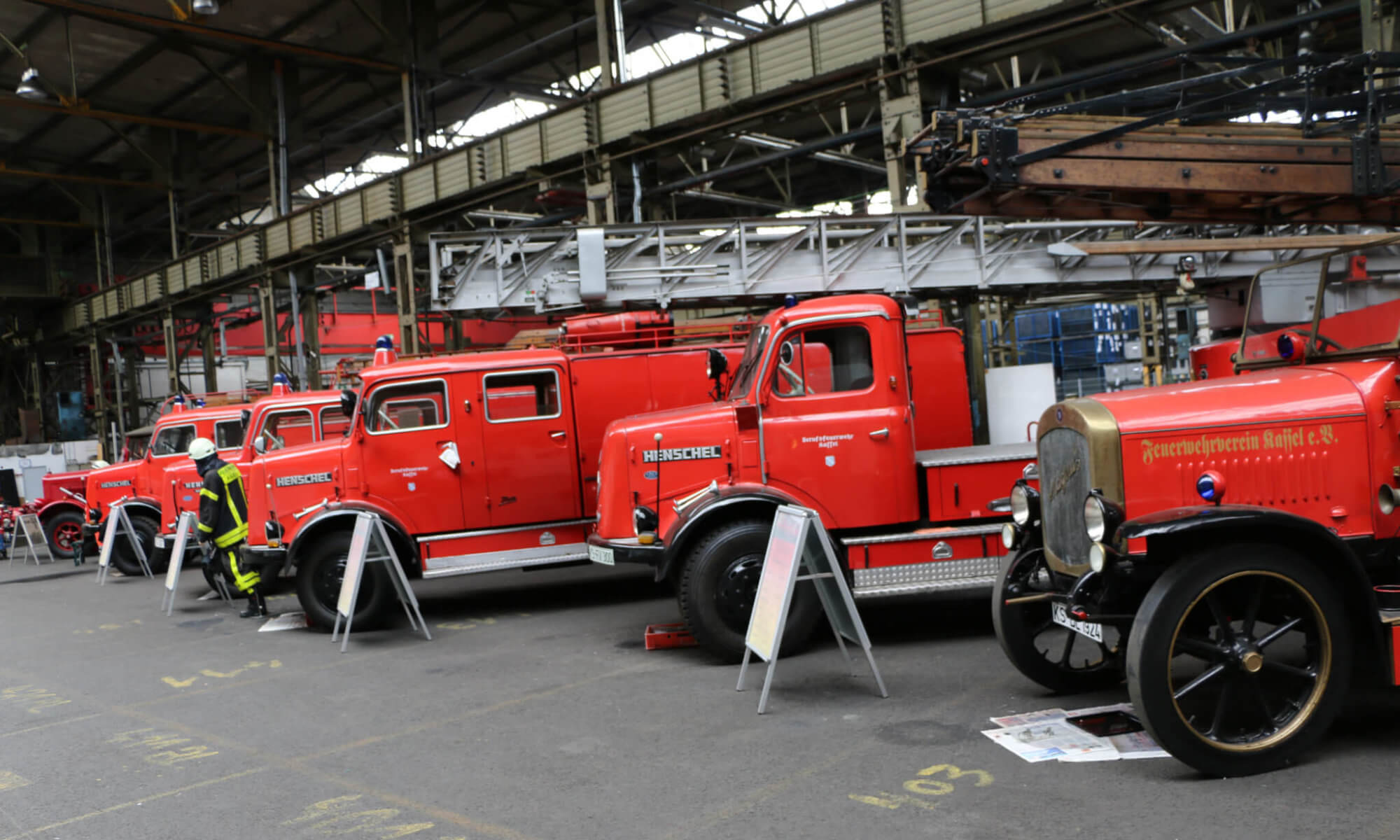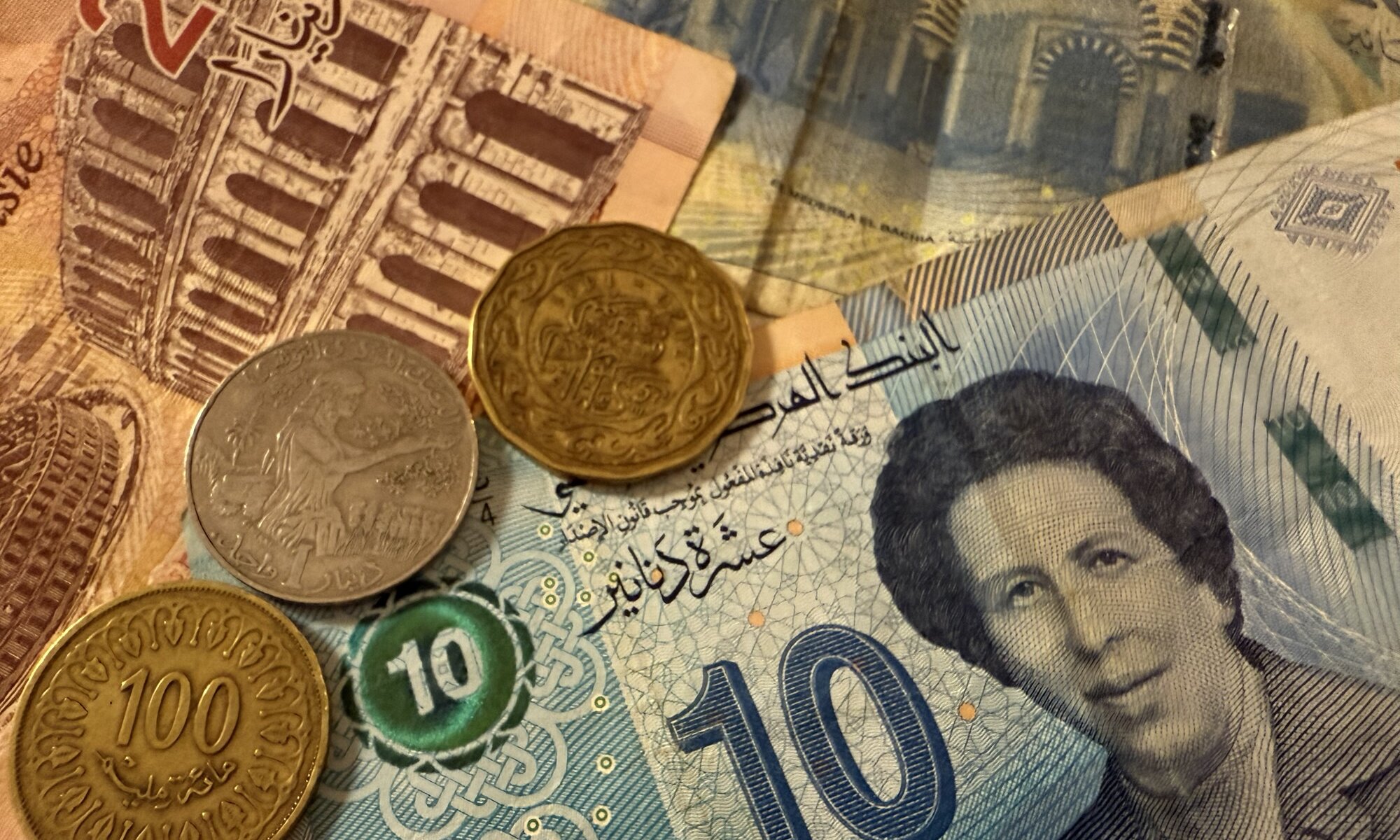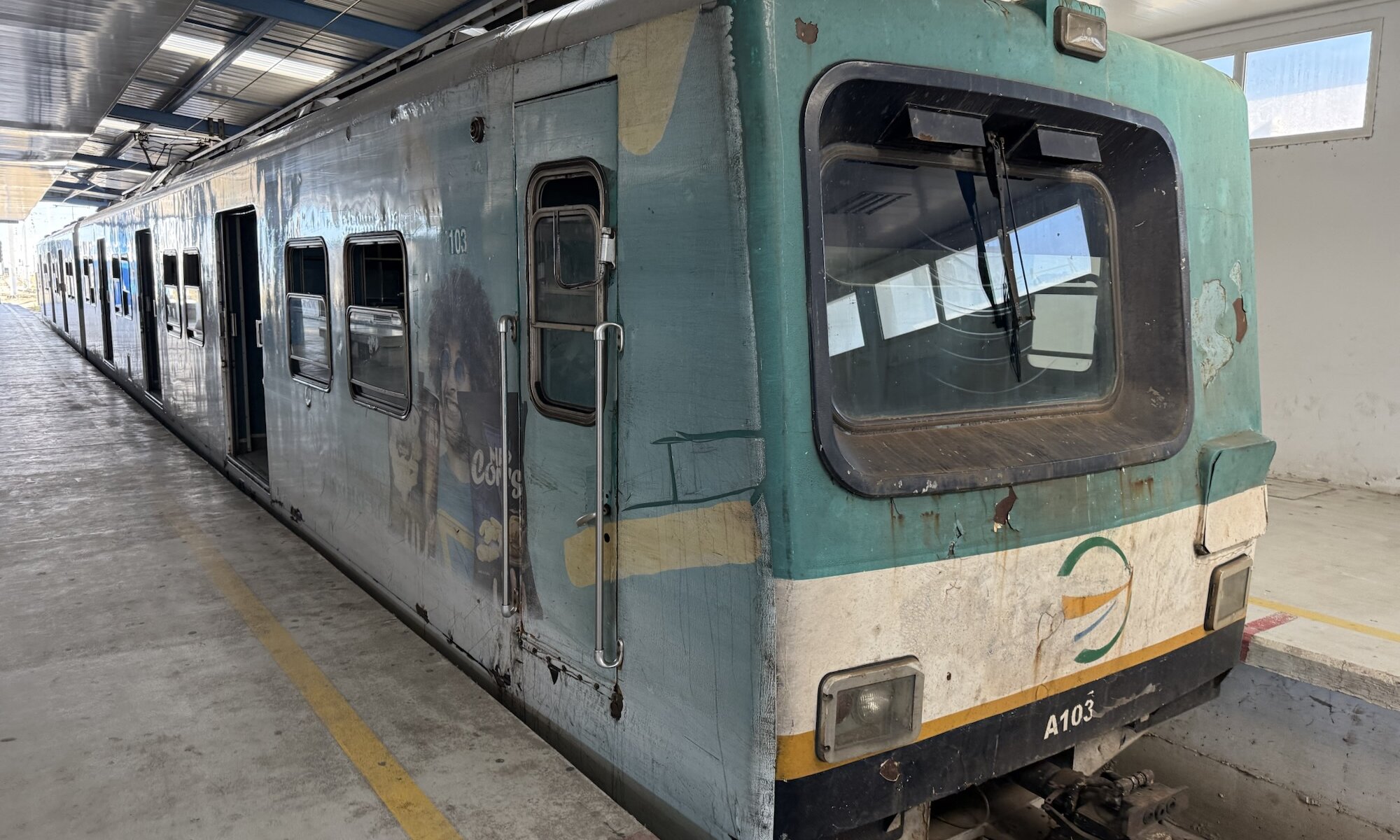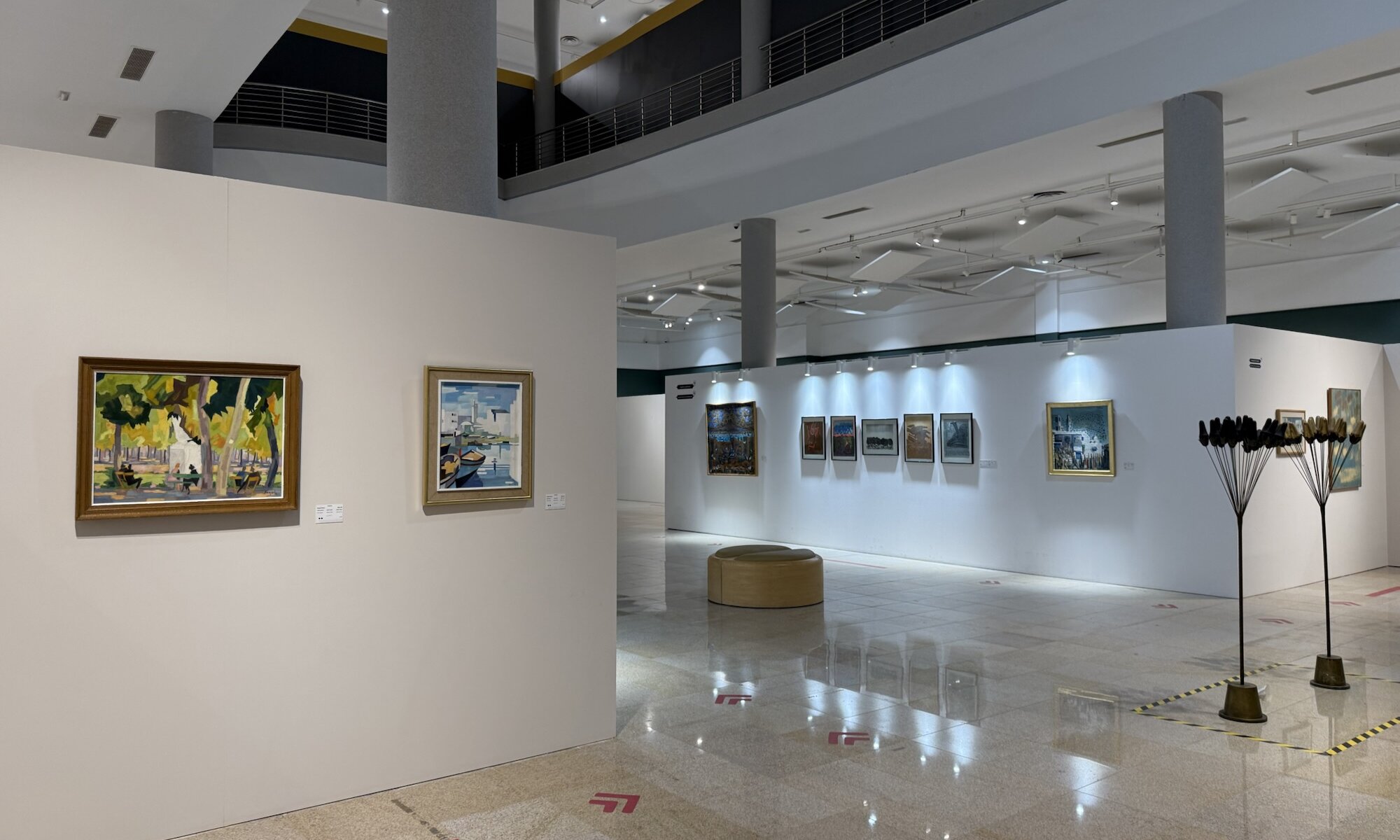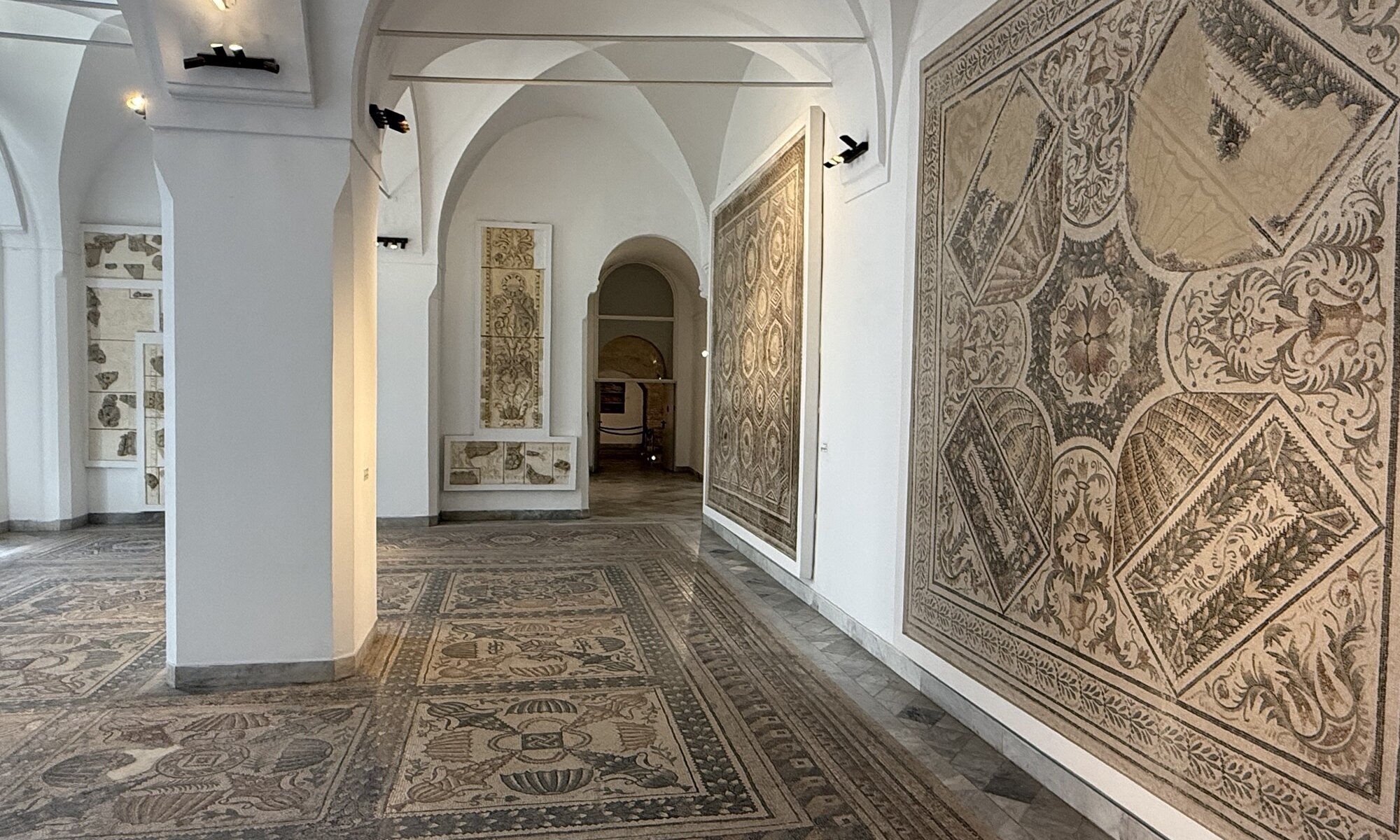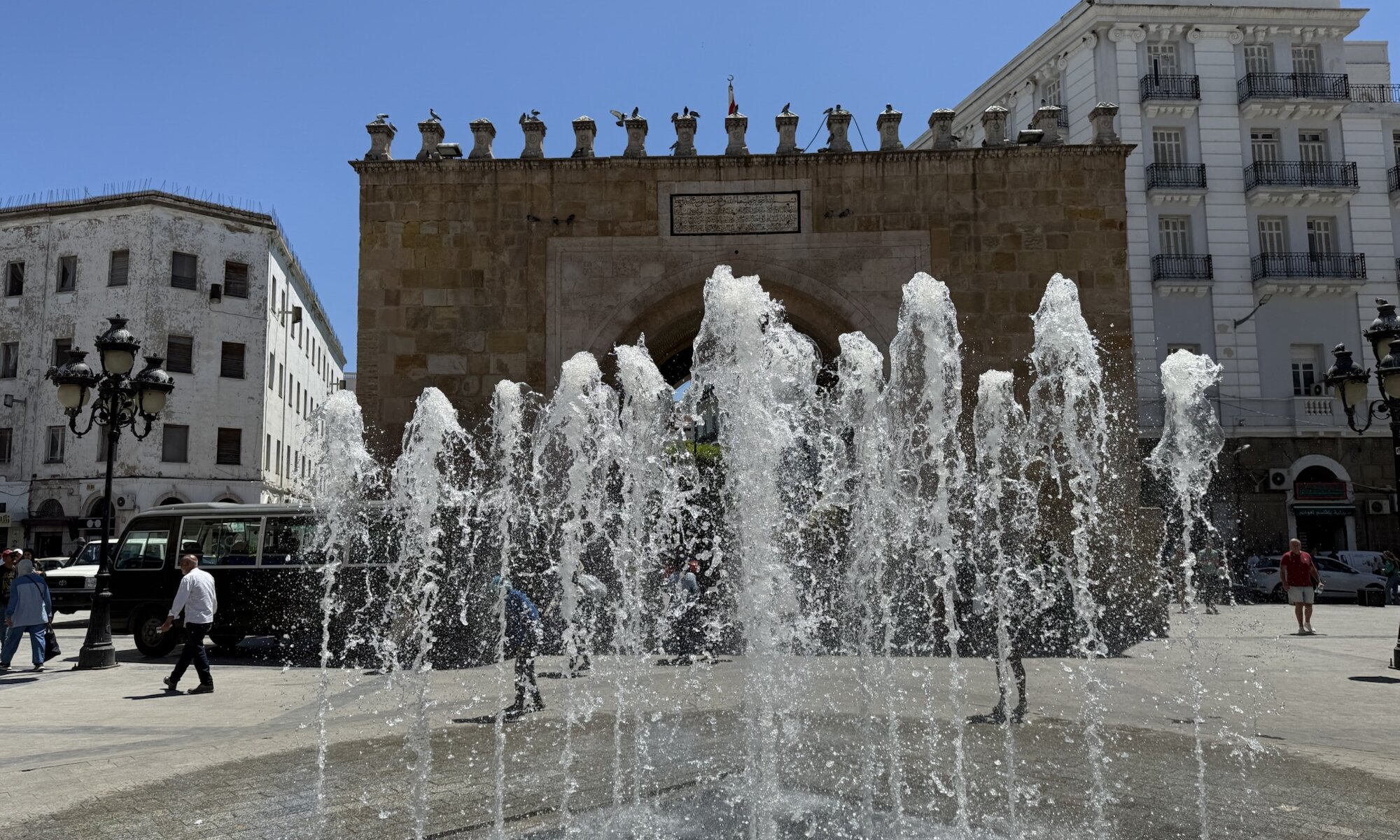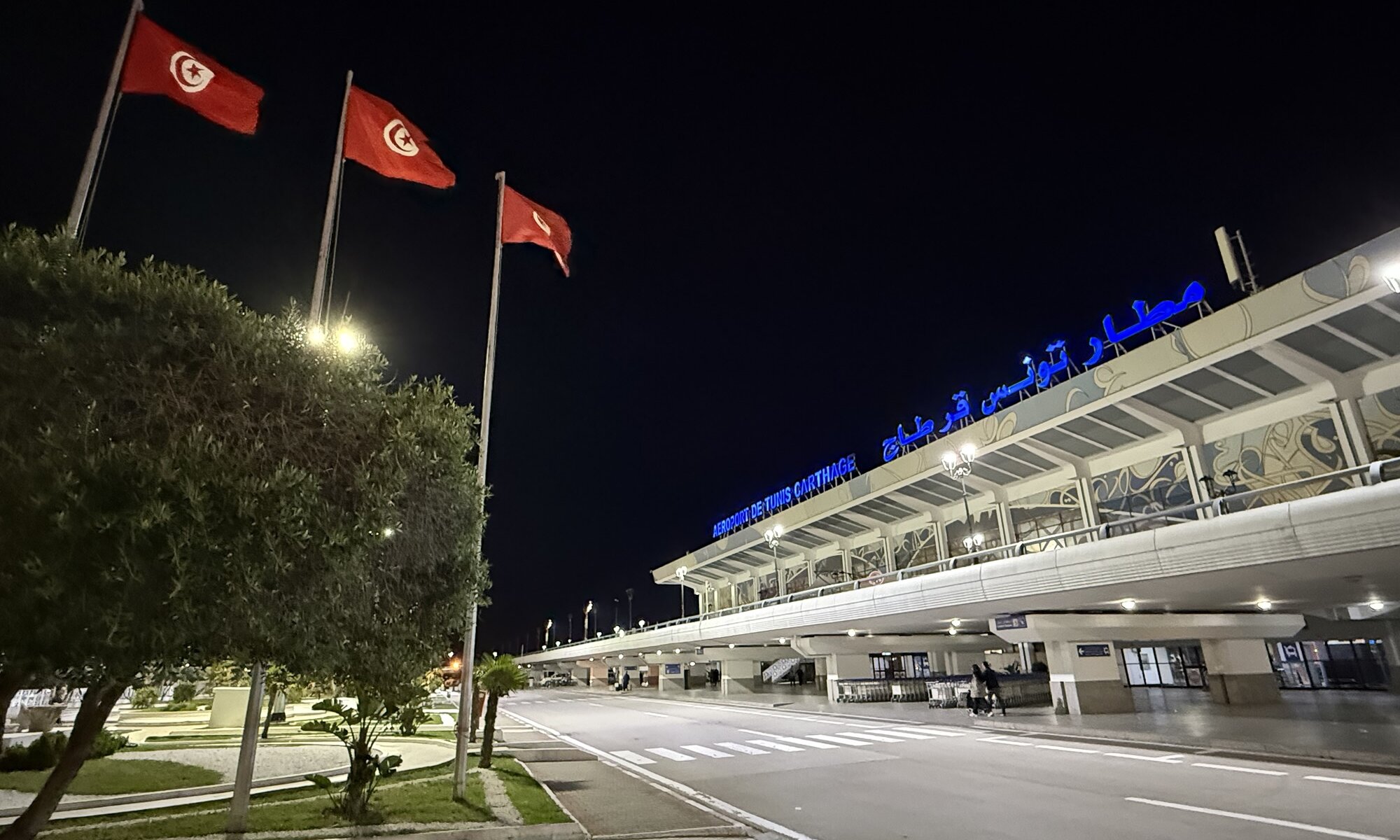The Tunisian dinar, introduced in 1960, replaced the Tunisian franc at a rate of 1 dinar to 1,000 francs as part of Tunisia’s assertion of economic independence following the end of French colonial rule. The currency’s name derives from the Roman denarius, reflecting the region’s ancient history. Initially, the dinar was pegged to the US dollar rather than the French franc, marking a shift away from colonial ties. Over the decades, the dinar has experienced fluctuations, including a significant depreciation against major currencies like the dollar and euro since 2008.
Continue reading “1000 millimes”Tunis-Goulette-Marsa
The Tunis-Goulette-Marsa (TGM) train is a historic commuter rail line in Tunisia, inaugurated in 1872, making it the first railway in the country. It predates the French protectorate by about a decade and has been known as the TGM since 1905. The line stretches approximately 19 kilometers, connecting the capital city Tunis with the coastal town of La Marsa, passing through La Goulette and other notable suburbs, including Carthage (yes, the famous Carthage!) and Sidi Bou Saïd. This route has played a significant role in shaping the urban expansion and development of the northern suburbs of Tunis, especially along the scenic seafront.
Continue reading “Tunis-Goulette-Marsa”MACAM
The Musée National d’Art Moderne et Contemporain in تونس is a vibrant cultural institution located within the Cité de la Culture complex, dedicated to showcasing Tunisia’s dynamic modern art scene. It serves as a key platform for both local and international artists, reflecting the rich interplay between Tunisia’s historical heritage and contemporary artistic expression. The museum offers visitors a diverse collection of artworks that explore various themes and narratives relevant to modern society, providing a comprehensive insight into the evolution of Tunisian art beyond traditional forms.
Continue reading “MACAM”Mosaics
The Musée National du Bardo in تونس is housed in a magnificent 19th-century beylical palace, originally built as a royal residence, which combines Andalusian-Moorish, Ottoman, and Italian architectural influences. Established as a museum in 1888, it is one of the most important and oldest museums in the Mediterranean region and the second largest on the African continent after the Egyptian Museum of Cairo. The museum’s setting itself is a historical monument, offering visitors a glimpse into Tunisia’s royal past alongside its rich collections.
Continue reading “Mosaics”Medina
The Medina of تونس is a remarkable historic quarter that dates back to the 7th century and flourished notably between the 12th and 16th centuries under the Almohad and Hafsid dynasties. This period marked Tunis as one of the wealthiest and most important cities in the Islamic world, reflected in the dense concentration of around 700 monuments including palaces, mosques, mausoleums, madrasas, and fountains. The Medina’s urban fabric beautifully showcases the interaction of architecture, culture, and socio-economic changes over centuries, making it a living museum of Arab-Muslim heritage.
Continue reading “Medina”Tunis-Carthage
The Aéroport International de Tunis-Carthage (TUN), serving the capital of Tunisia, is steeped in history that dates back to 1920 when the first seaplane base was established on the lake of تونس. The airport officially opened as an airfield in 1938, initially handling a modest number of passengers on the Paris–Tunis route. During World War II, it played a strategic role as a base for the United States Air Force during the Italian Campaign, serving as a hub for reconnaissance and transport missions. Post-war, the airport was developed further with French funding and became the main hub for Tunisair in 1948, connecting تونس with various Mediterranean and European destinations.
Continue reading “Tunis-Carthage”